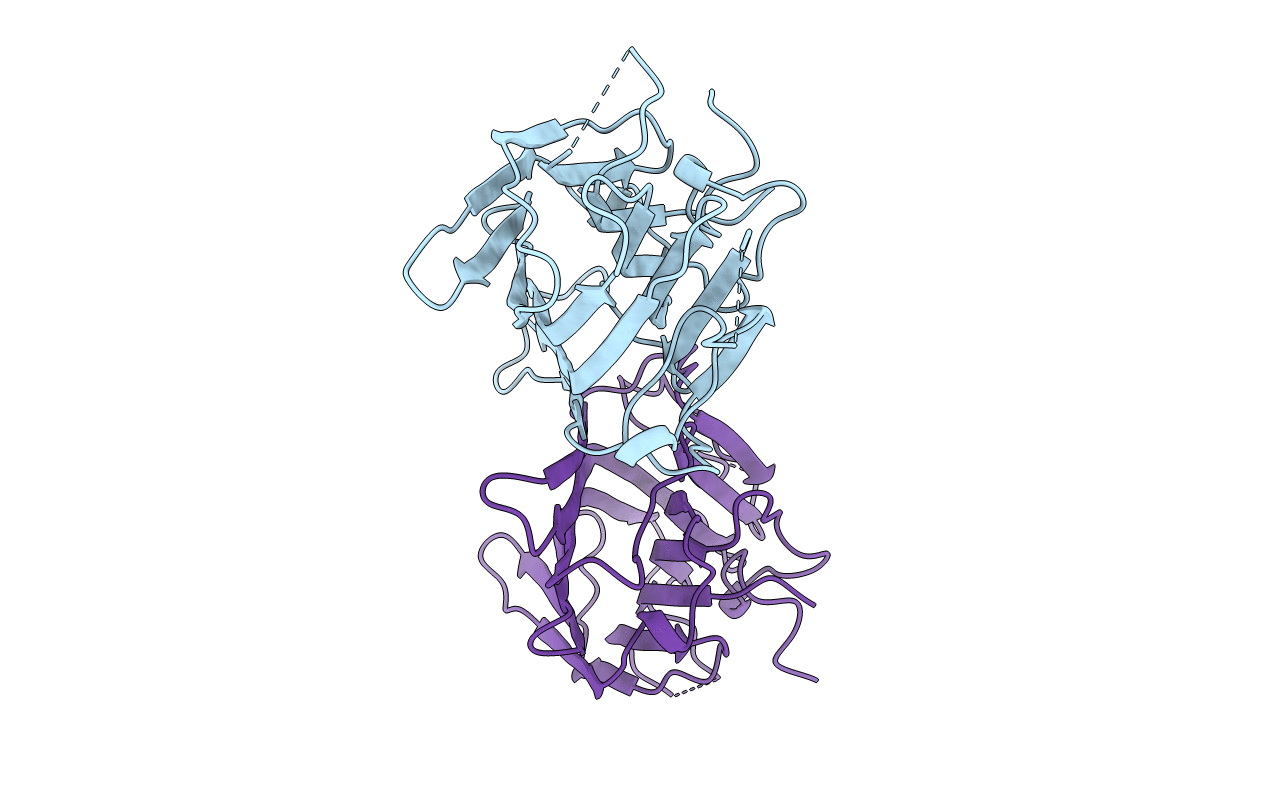
Deposition Date
1995-07-28
Release Date
1996-04-03
Last Version Date
2024-02-07
Entry Detail
PDB ID:
1APN
Keywords:
Title:
THE CRYSTALLOGRAPHIC STRUCTURE OF METAL-FREE CONCANAVALIN A AT 2.5 ANGSTROMS RESOLUTION
Biological Source:
Source Organism:
Canavalia ensiformis (Taxon ID: 3823)
Method Details:
Experimental Method:
Resolution:
2.50 Å
R-Value Free:
0.24
R-Value Work:
0.18
R-Value Observed:
0.18
Space Group:
P 21 21 2


